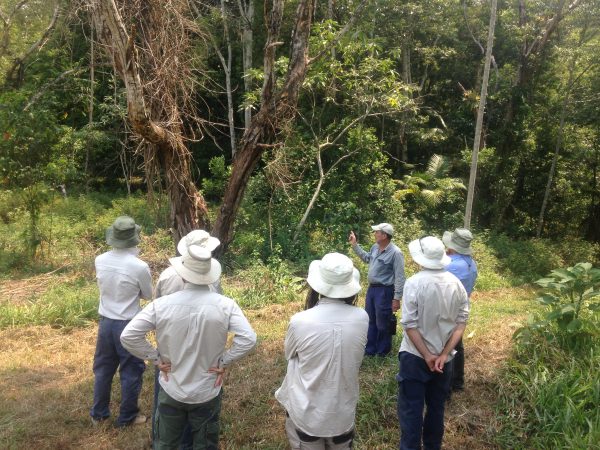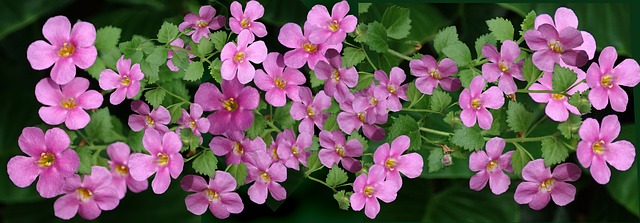In a world where environmental issues continue to gain attention, the significance of bush regeneration cannot be overstated. As human activities have taken a toll on natural ecosystems, bush regeneration has become a powerful tool to restore and rejuvenate our native landscapes. In this blog, we will delve into the importance of bush regeneration and explore how it plays a vital role in restoring nature’s delicate balance.
1) Understanding Bush Regeneration
Bush regeneration refers to rehabilitating degraded or disturbed natural areas, particularly bushland or forests, to their original state. It involves the removal of invasive plant species, the promotion of native vegetation growth, and the restoration of ecological processes. The ultimate goal is to create a self-sustaining ecosystem that resembles the original habitat, supporting diverse flora and fauna.
2) Restoring Biodiversity
One of the most significant benefits of bush regeneration is the restoration of biodiversity. Native plants provide food, shelter, and nesting sites for countless animal species. By removing invasive plants that choke native vegetation, bush regeneration allows the natural balance to be reinstated. This, in turn, attracts a diverse range of insects, birds, and mammals, creating a thriving ecosystem essential for numerous species’ survival.
3) Protecting Indigenous Flora and Fauna
Bush regeneration is crucial in preserving and protecting indigenous flora and fauna. Many native plant species have become threatened or endangered due to habitat destruction and the spread of invasive species. By removing weeds and encouraging the growth of native plants, bush regeneration provides a lifeline for these species, preventing their further decline and promoting their long-term survival.
4) Mitigating Soil Erosion and Improving Water Quality
The impact of human activities, such as land clearing or improper agricultural practices, often leads to soil erosion and degradation. Bush regeneration helps combat this issue by stabilising the soil by reestablishing vegetation. Native plants’ deep roots bind the soil, preventing erosion and the loss of valuable topsoil. Additionally, native vegetation filters and purifies water, improving water quality in streams, rivers, and underground aquifers.

5) Enhancing Ecological Resilience
Natural ecosystems are resilient and self-sufficient when they operate within their intended parameters. However, disturbances caused by human activities disrupt this delicate balance. Bush regeneration efforts contribute to the restoration of ecological resilience by recreating the intricate web of interdependencies between plants, animals, and environmental processes. As native plants thrive, they provide vital resources for pollinators, support soil health, and contribute to nutrient cycling, thus fostering a robust and resilient ecosystem.
6) Community Engagement and Education
Engaging the local community and raising awareness about bush regeneration’s importance can significantly impact. Organise community events, workshops, or volunteer programs focusing on bush regeneration practices. Encourage participation from individuals of all ages, including schools, community groups, and environmental organisations. By educating and involving the community, you not only enhance the effectiveness of bush regeneration efforts but also foster a sense of ownership and responsibility towards the environment, ensuring long-term sustainability.
The power of bush regeneration lies in restoring nature’s balance and revitalising degraded ecosystems. By removing invasive species, promoting native vegetation, and fostering biodiversity, this practice plays a vital role in protecting indigenous flora and fauna, mitigating soil erosion, improving water quality, and enhancing ecological resilience. As responsible stewards of the environment, we must support and participate in bush regeneration initiatives, ensuring a sustainable and thriving natural world for generations to come.
Are you looking for professional bush regeneration services? Look no further than Land Management Systems. They specialize in providing comprehensive services, including weed control, native vegetation restoration, and ecological management. Their experienced team is dedicated to restoring and preserving the natural balance of ecosystems, ensuring a healthier and more sustainable environment for all.





